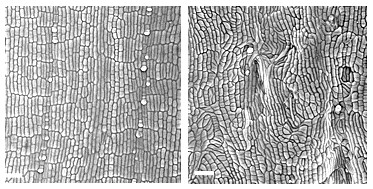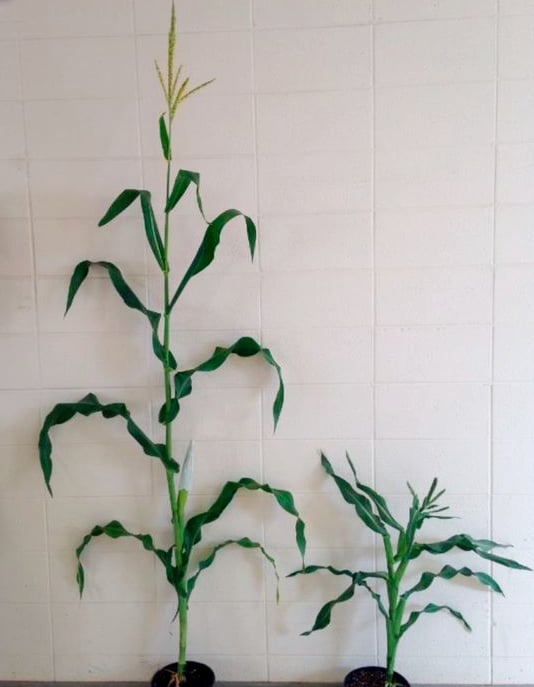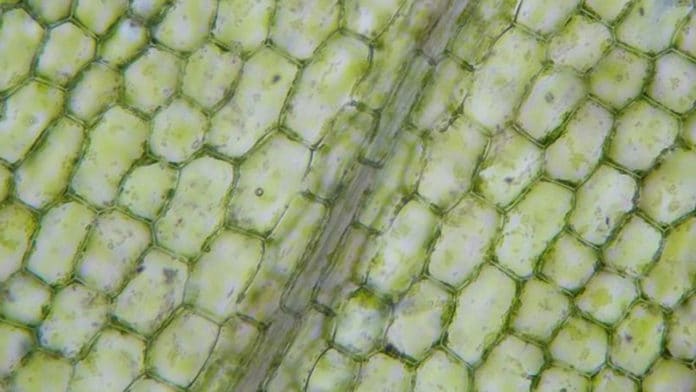Inside cells are structures called microtubules, which act as highways for moving proteins and organelles. They’re also critical for separating DNA after it has been duplicated to make two cells from one eventually.
Animal cells regularly need to stay attached to a surface, and their division is controlled to ensure the cells remain there. If a cell gets unattached to the surface after division, that could mark the start of a tumor.
Now, scientists have discovered a protein that accurately divides cells in plants.
For the first time, scientists now understand how a protein called TANGLED1 can lead to accurate cell division in plants. The TANGLED1 protein performs this microtubule controlling function by binding the microtubules together like glue.
During experiments, scientists added microtubules and TANGLED1 in a test tube. They then observed surprising interactions between them.

Usually, proteins can only bundle microtubules at very specific angles—40 degrees or less. TANGLED1 can grab microtubules from any angle and link them together.
Carolyn Rasmussen, an assistant professor of plant cell biology at UC Riverside, said, “To the best of my knowledge, this is the first plant protein observed in vitro with this characteristic.”
Rasmussen’s team included Pablo Martinez, Sean O’Leary, and Antonia Zhang from UC Riverside; biochemists Ram Dixit and Rachappa Balkunde from Washington University; and mathematician Kenneth Brakke from Susquehanna University.

Scientists further want to observe TANGLED1 in a living cell. If they can gain a deeper understanding of the genes that control plant cell division, these genes might be manipulated to produce higher yield crops, such as more prominent ears of corn or more grain.
An additional benefit of this research is the insight it could yield into human cellular processes. When there are defects in the cell’s ability to move material around on microtubules, diseases such as Alzheimer’s disease or cancer could follow.
Rasmussen said, “People say plants don’t get cancer, which is generally true. But sometimes when you have a different perspective on a related question—in this case, what controls the spatial positioning of cell division—you can see things that are hard to see in other model systems.”
Journal Reference:
- Pablo Martinez et al. TANGLED1 mediates microtubule interactions that may promote division plane positioning in maize, Journal of Cell Biology. DOI: 10.1083/jcb.201907184
